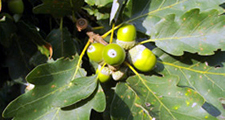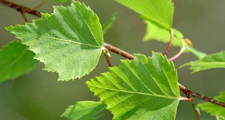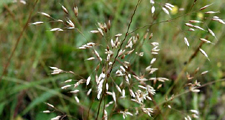Lowland Oak Birch Woodland – W16
Quercus spp.- Betula spp. – Deschampsia flexuosa woodland
Region
A scattered distribution in the Coalfield Pennine Fringe, Pennine Dales Fringe and Wear Lowlands.
Character
Existing sites form part of other Oak or Oak- Birch woodlands.
Geology
Free draining base poor superficial deposits such as fluvio-glacial sands & gravels.
Soils
Acid sands, rankers, base poor brown earths, podzolic brown earths, humo-ferric podzols, stagno-podzols.
Species
Silver Birch, Downy Birch and Sessile Oak are the dominant species (occasionally Common Oak). The
understorey is sparse, sometimes including Rowan or Holly.
Ground flora & fauna
Species poor with Wavy Hair-grass and Bracken with Heather and Bilberry.
Structure
Semi-natural woodlands have little species diversity and are often dominated by Birch. Many have been
heavily influenced by grazing.
Management principles
- Prevent grazing by livestock or browsing by deer – particularly in small woods.
- Maintain and increase the numbers of old trees and dead wood.
- Progressively remove non-natives at a pace flora & fauna can adapt to.
- Low intervention approaches are best for small woods.
- Timber production – minimise the scale of disturbance.
- Use low-key establishment techniques – particularly natural regeneration.
- When planting is necessary use only native species of local origins
Planting sites for new woods
In natural distribution limited to acidic free draining sites within more extensive Oak and Oak-Birch woodland
in the lowlands and podzols in the upland fringes. May be a useful model for planting on disturbed substrates
such as mineral spoils including sands and colliery shales.
Design principles
Simple planting mixtures dominated by either or both species of Birch and Oak with smaller numbers of
Rowan and Holly.
Further information
Forestry Commission Forestry Practice Guide 3: Lowland Mixed Broadleaved Woods & Practice Guide 1: Lowland Acid Beech and Oak Woods can be downloaded from Forestry Commissions Publications pages.



